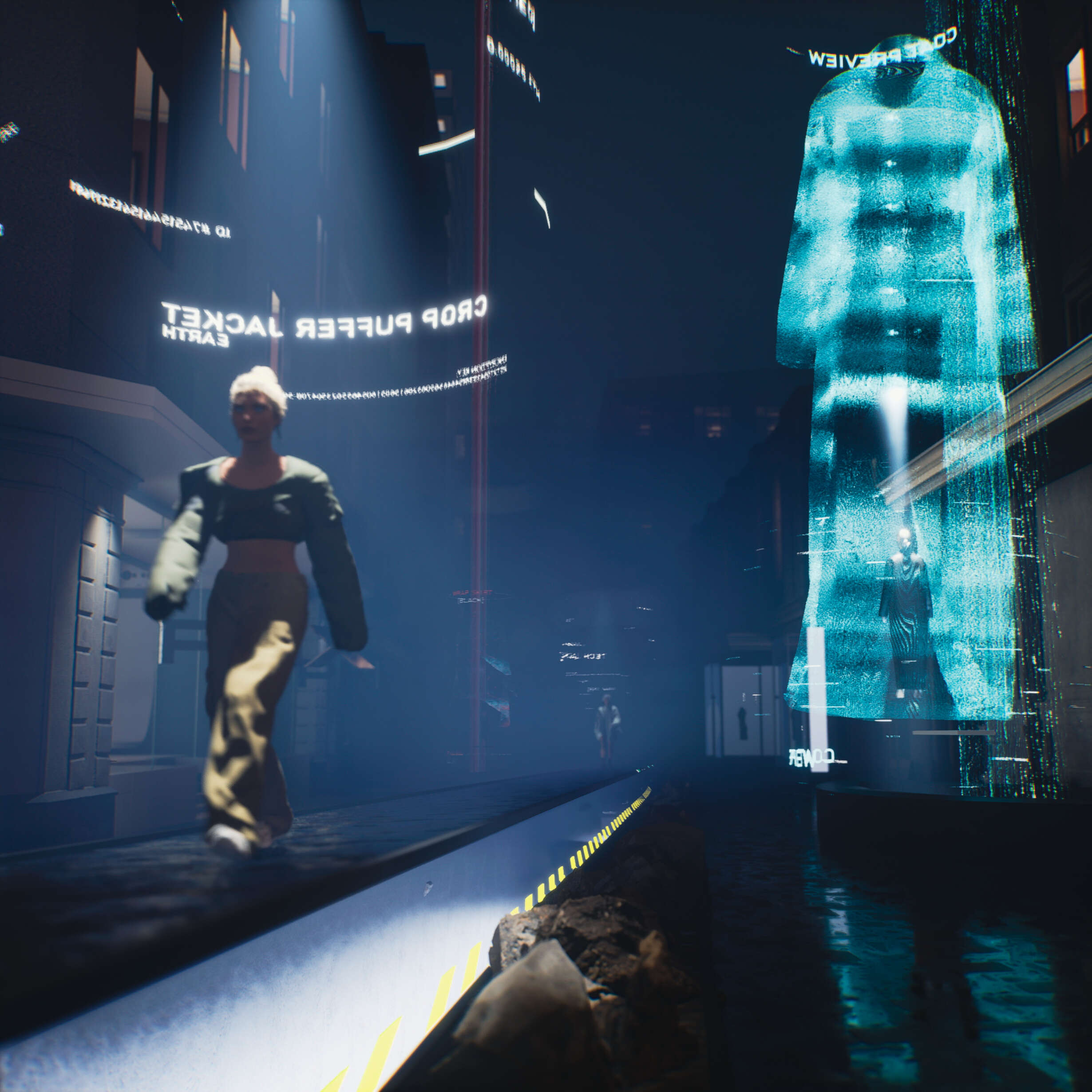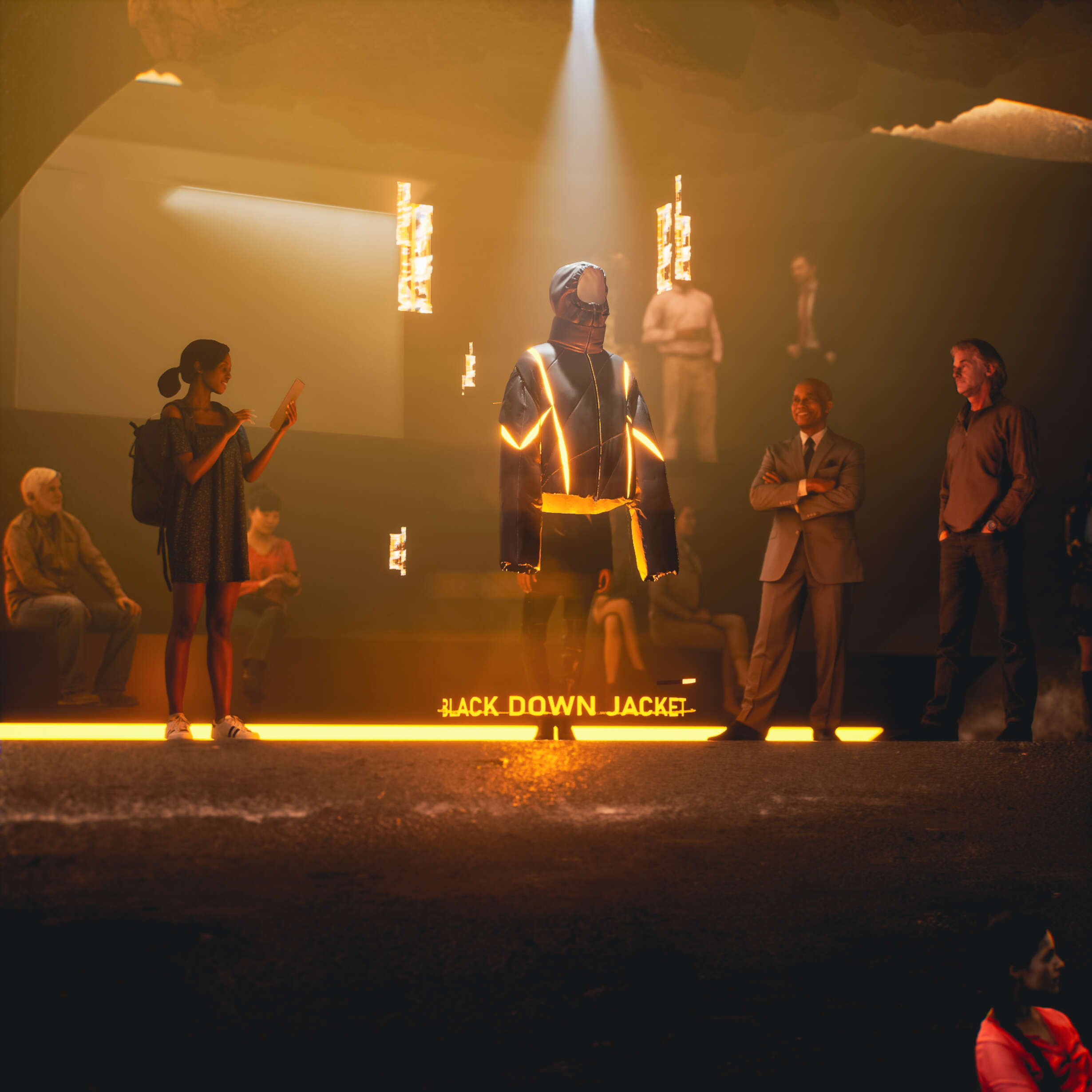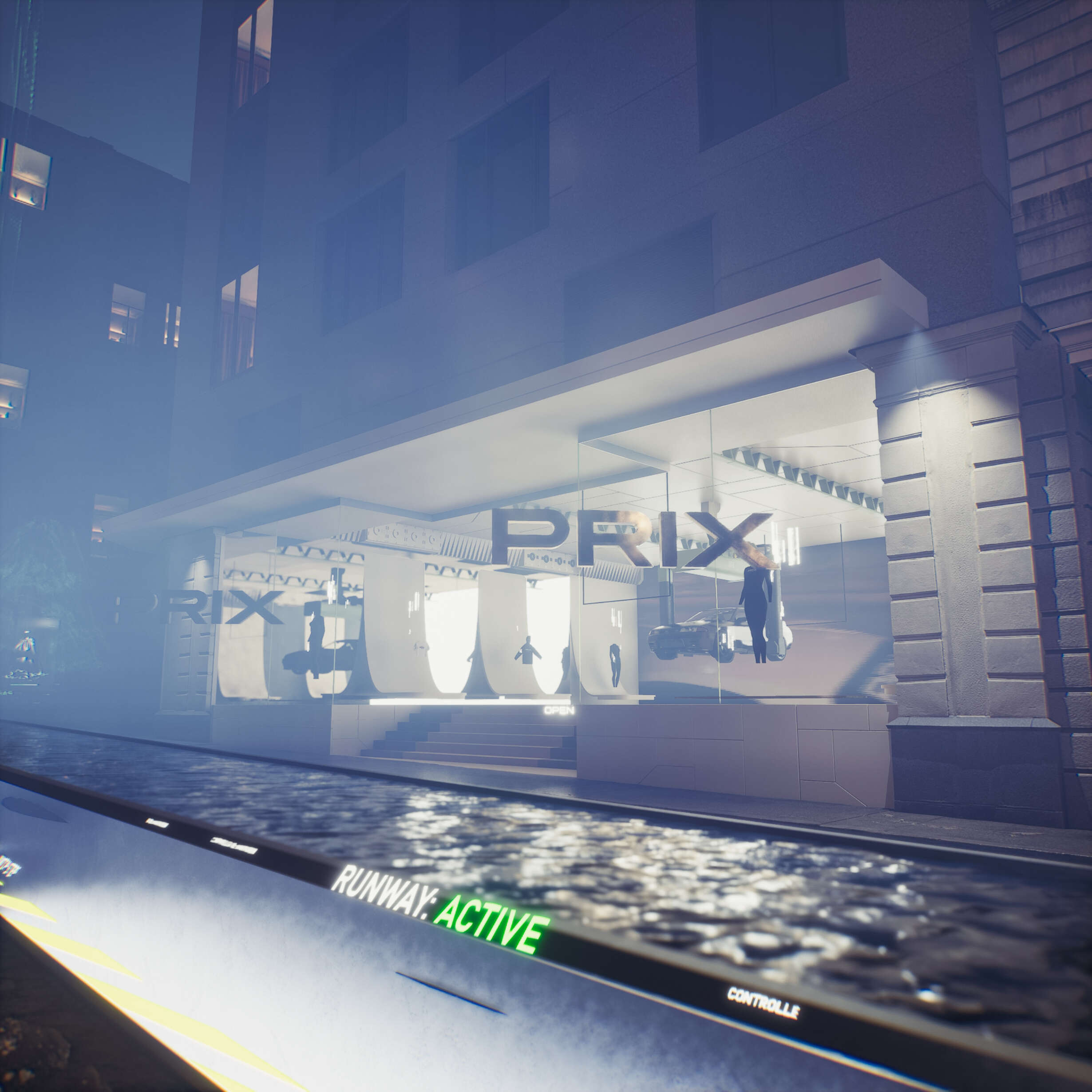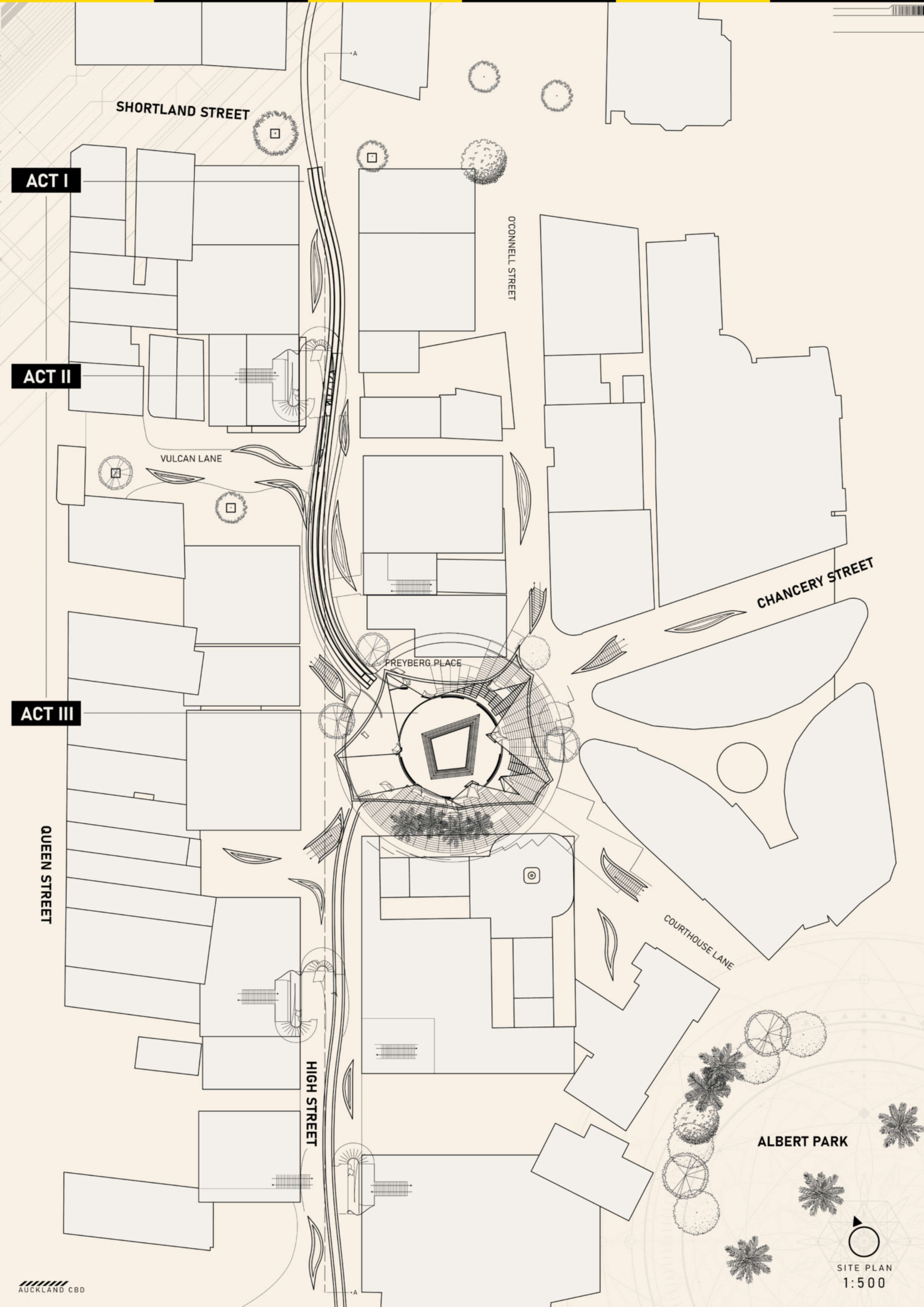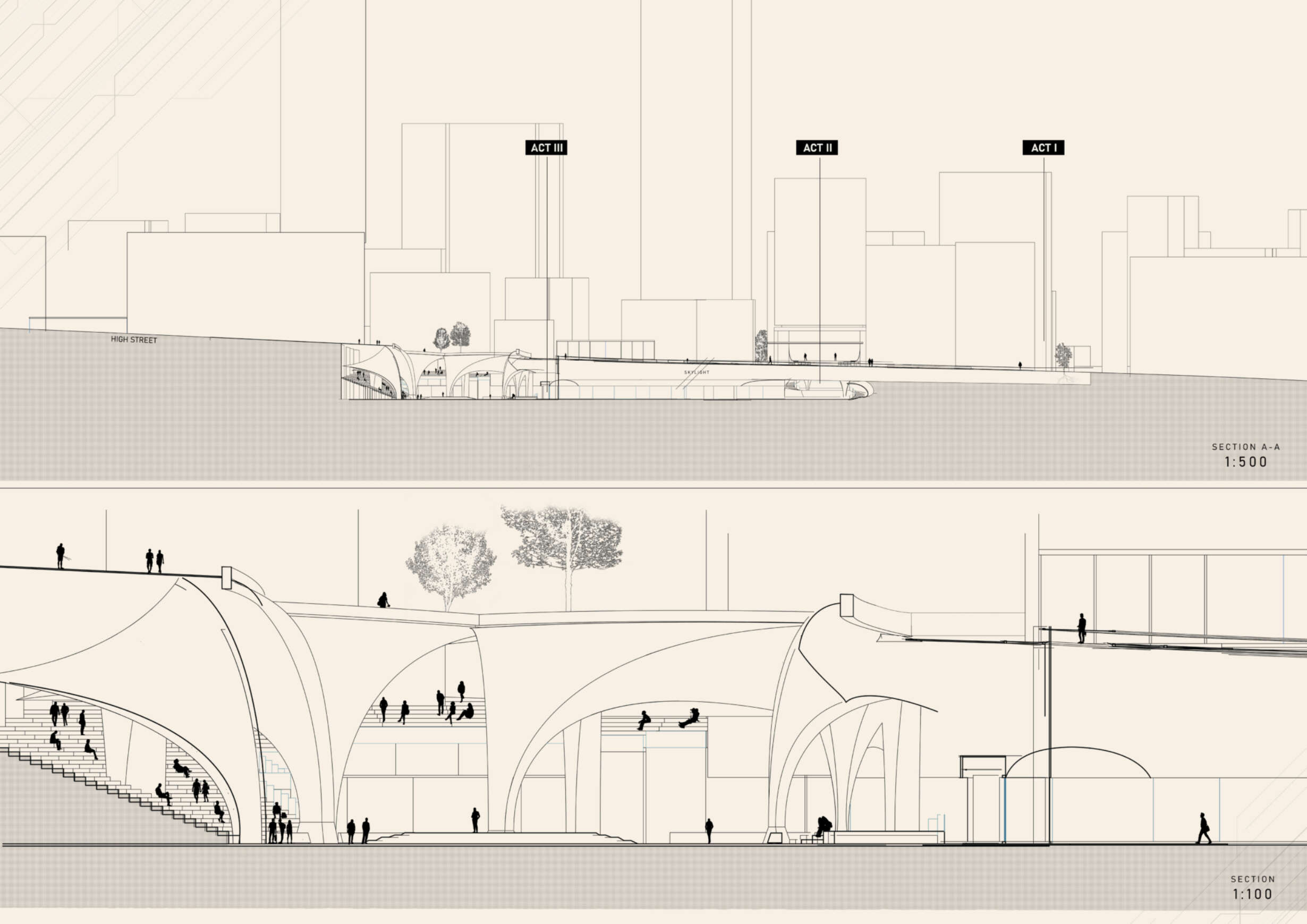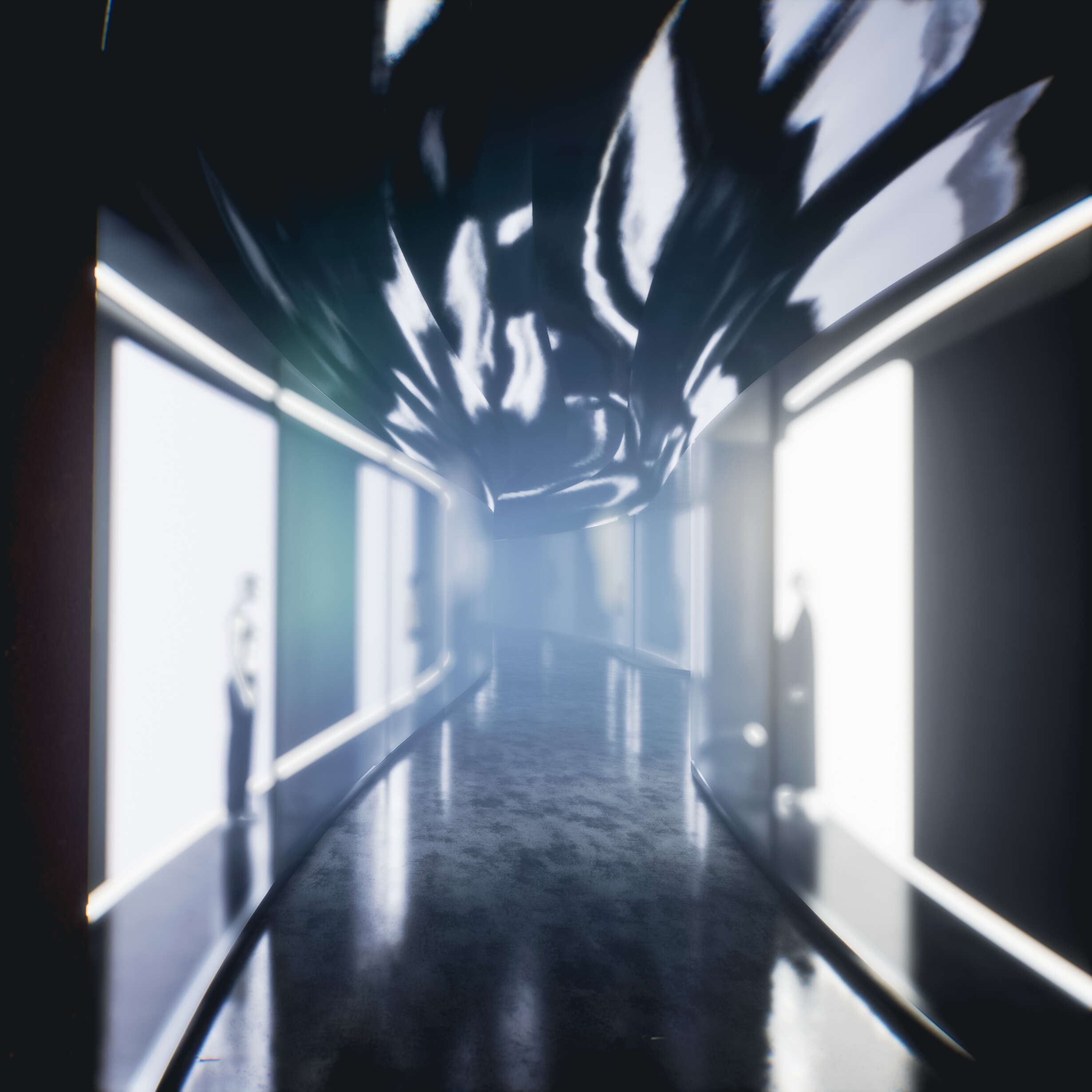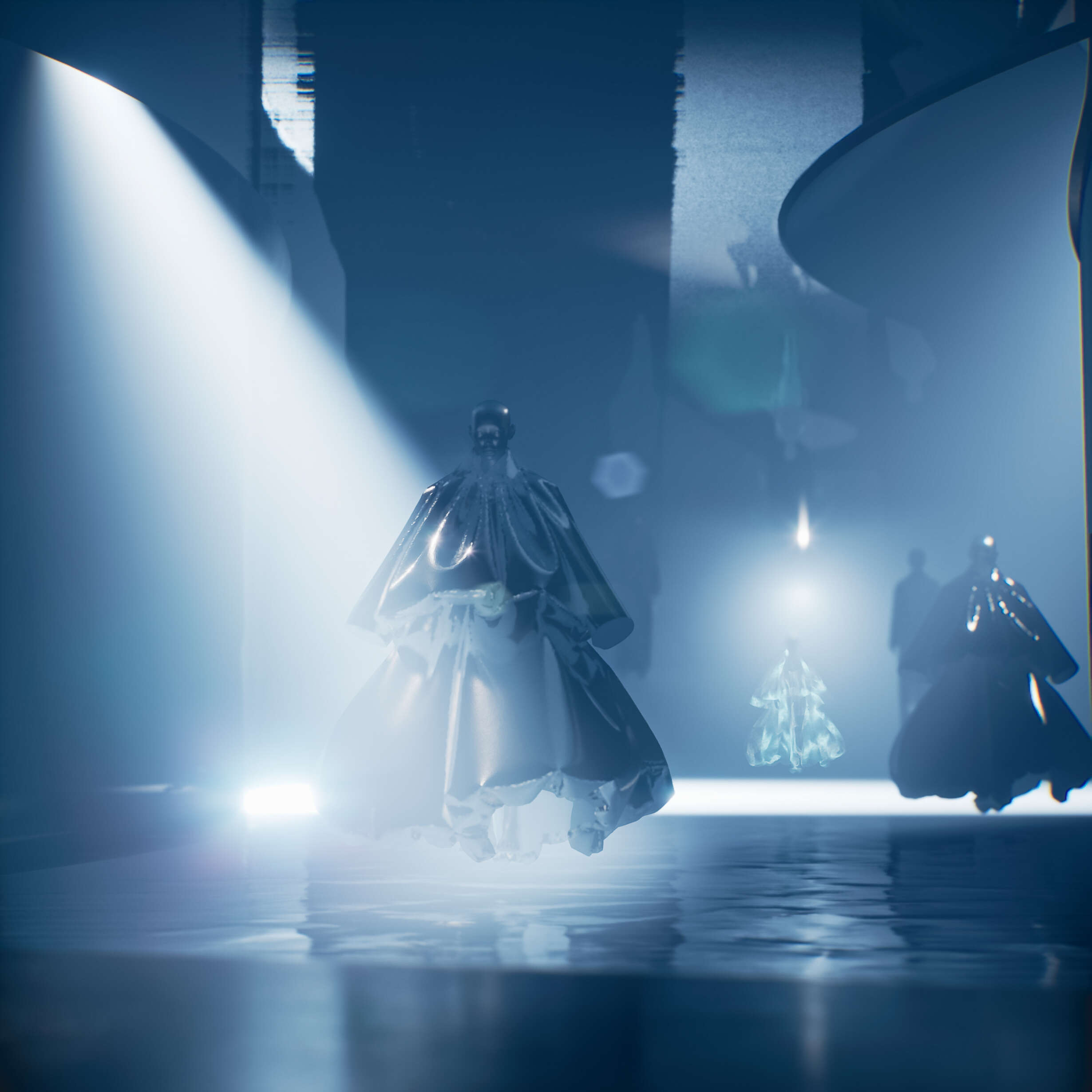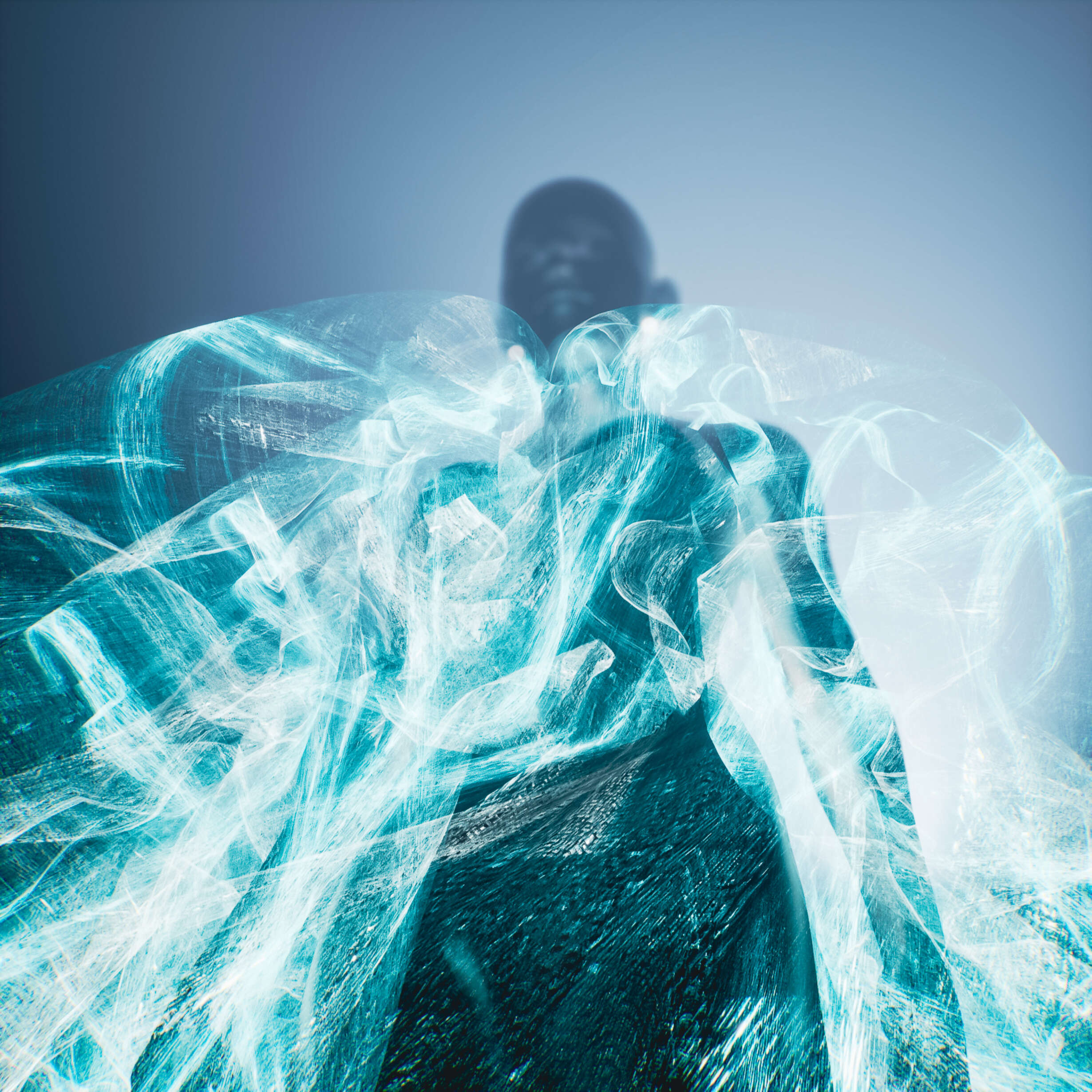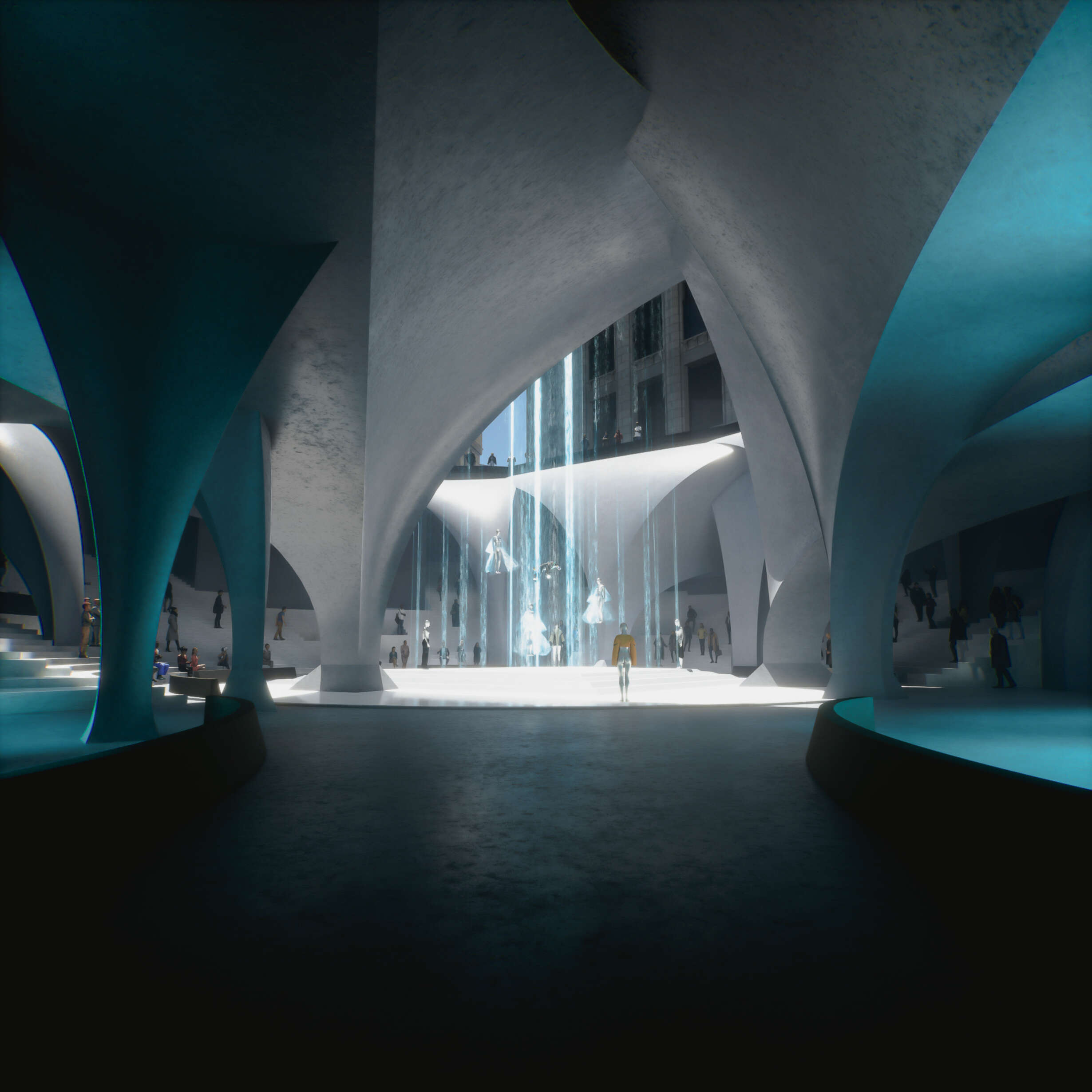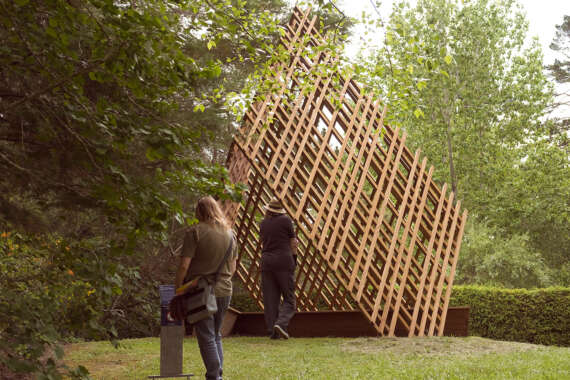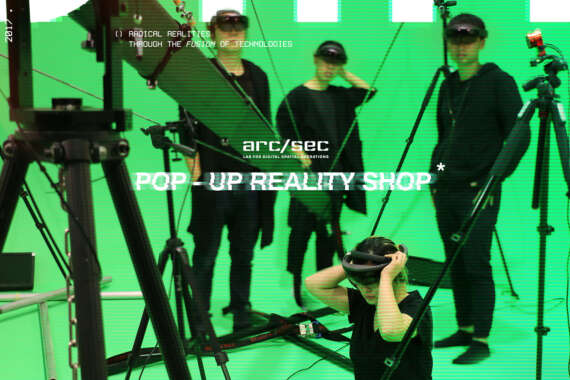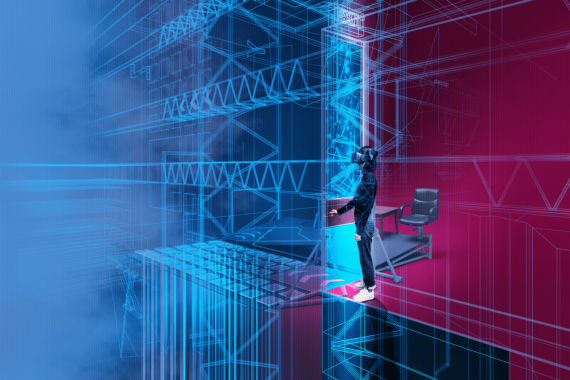How will mixed reality technology reactivate the declining urban retail environment?
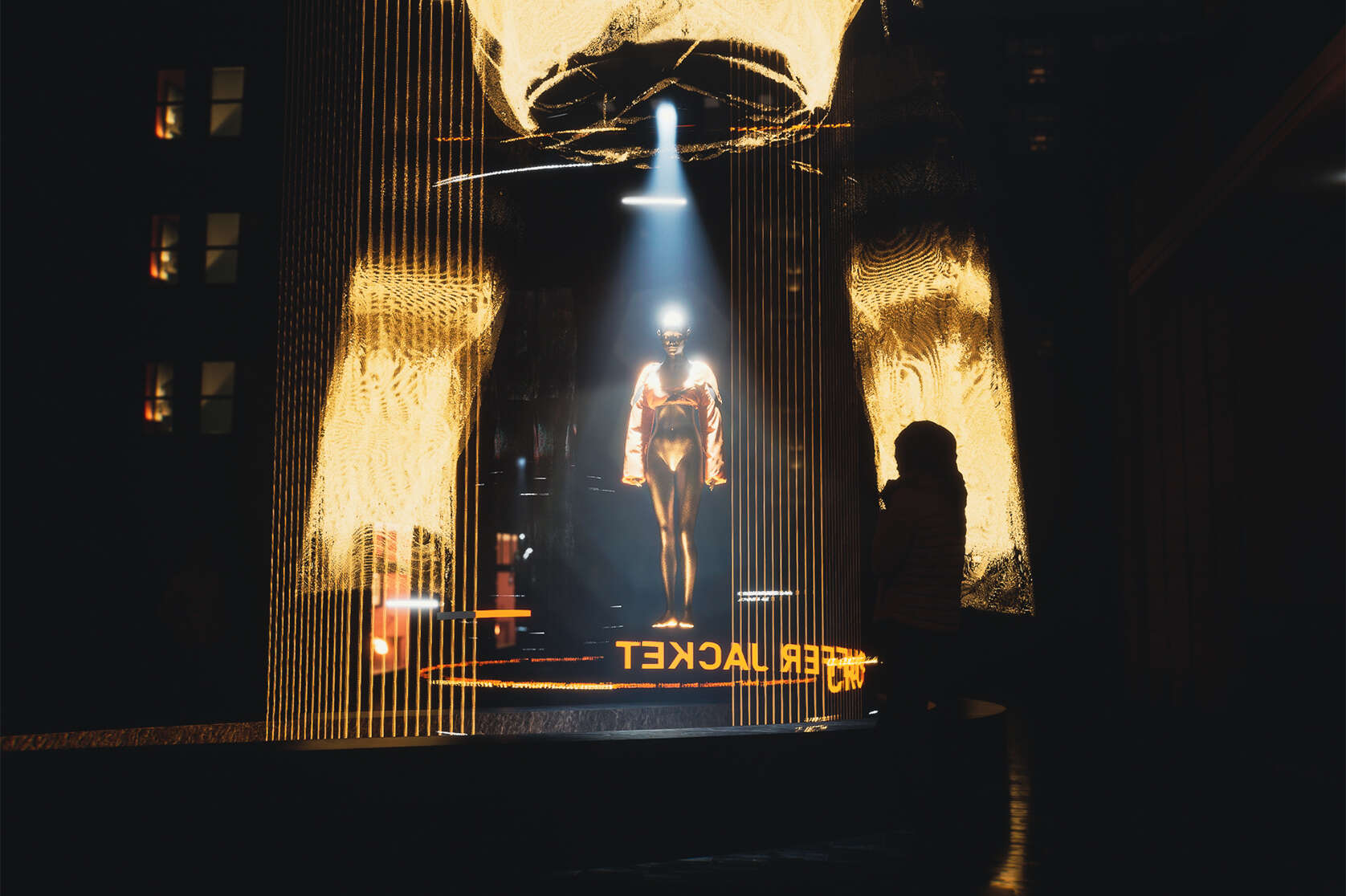
This thesis explores the power of Virtual Reality and how this technology can revolutionise physical architecture. It is structured around three sections: (Part I) The virtual world (Part II) Our spatial world (Part III) The design proposal addressing the question, "How will mixed reality technology reactivate the declining urban retail environment?"
This thesis endeavours to critique the societal impacts of the recent social/economic crisis following the year 2020 and to respond in an experimental yet revolutionising way. It plays on and amplifies the injustices within our society and economy, while exploring what positive and/or negative aspects of virtual reality can provide, to find out how the cityscape can be reshaped through this new medium of Mixed Reality Architecture.







